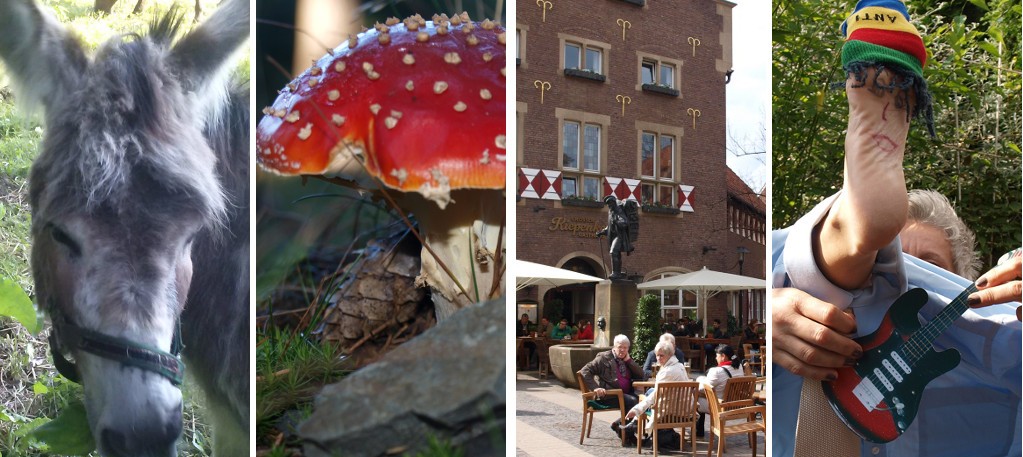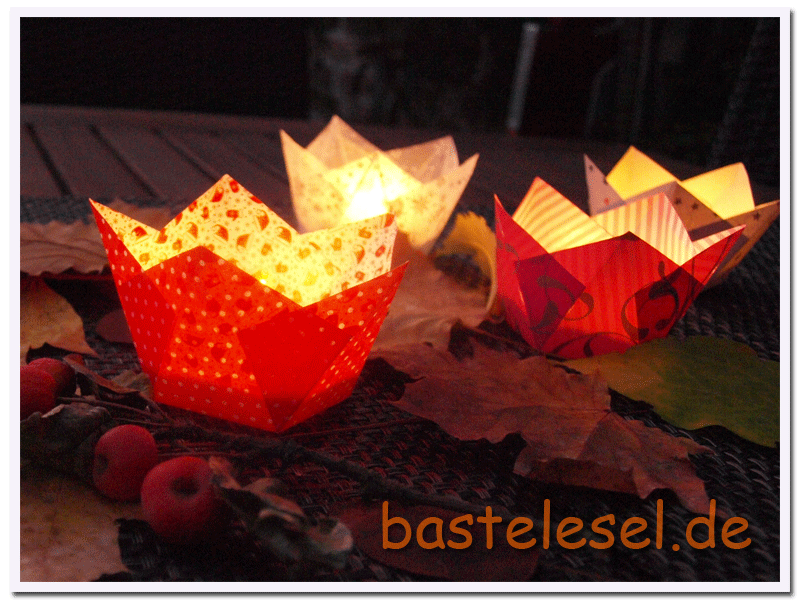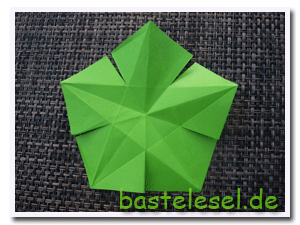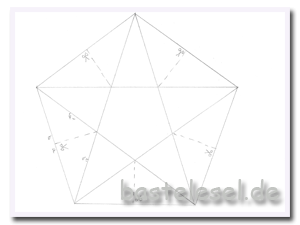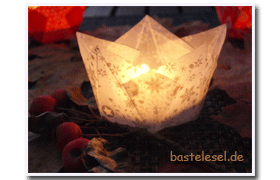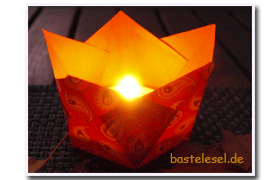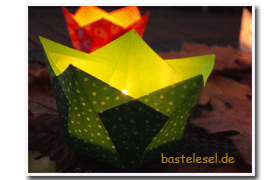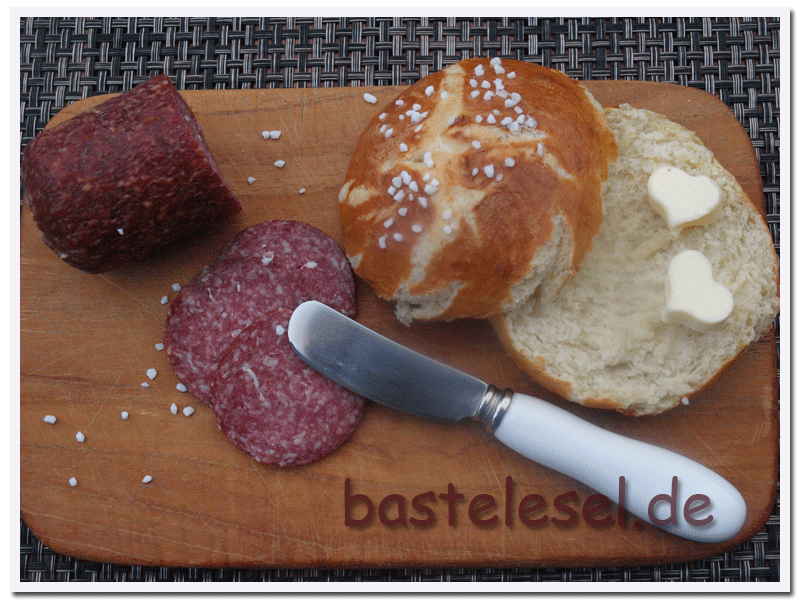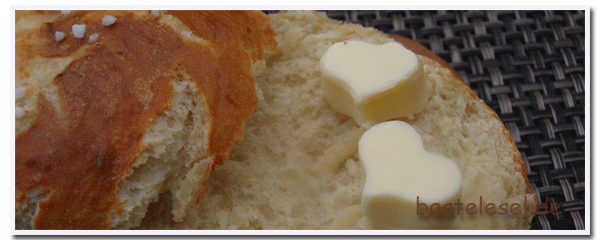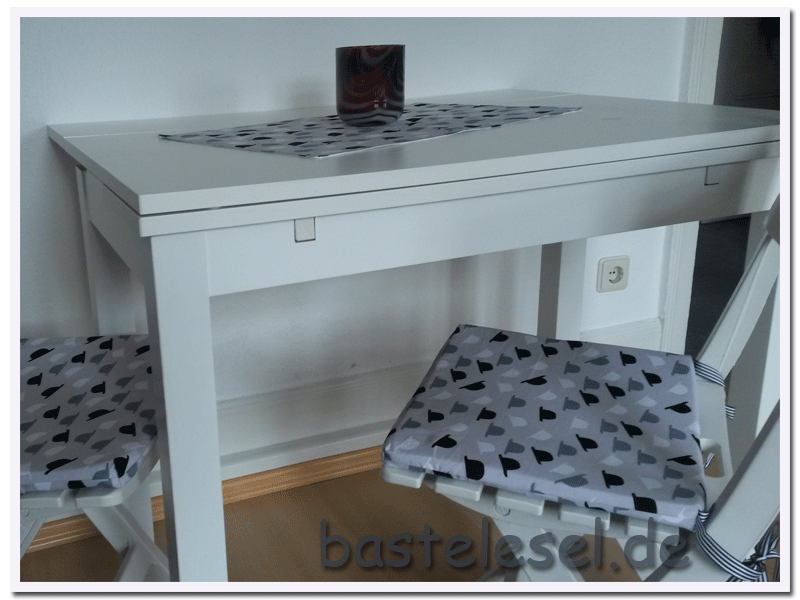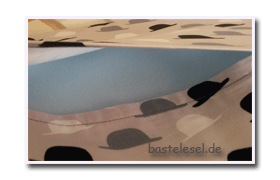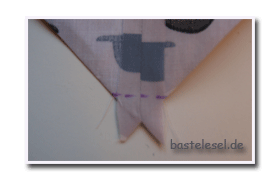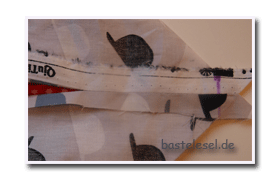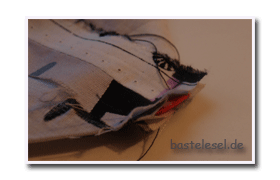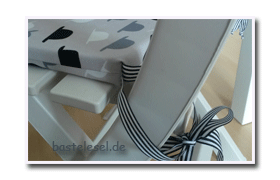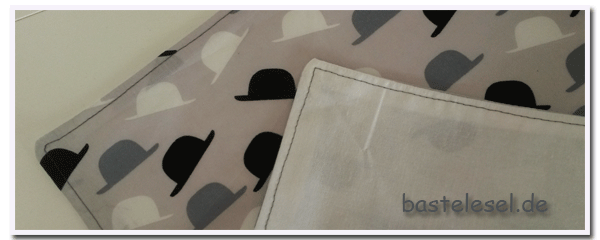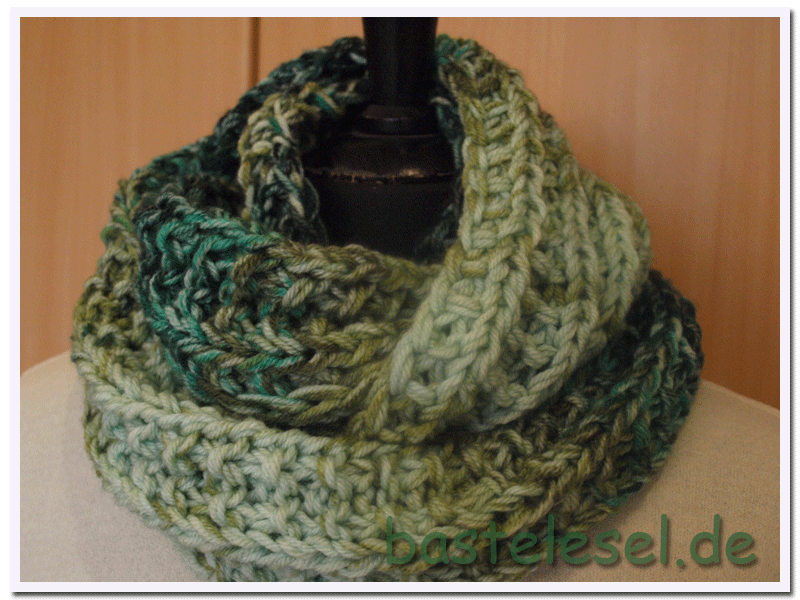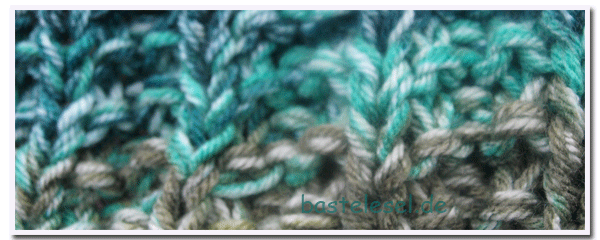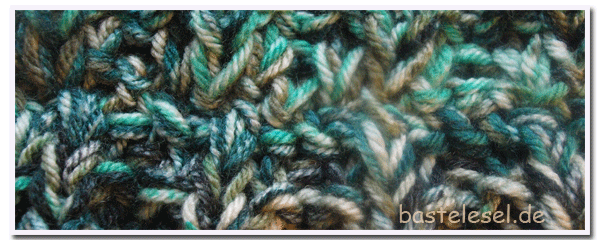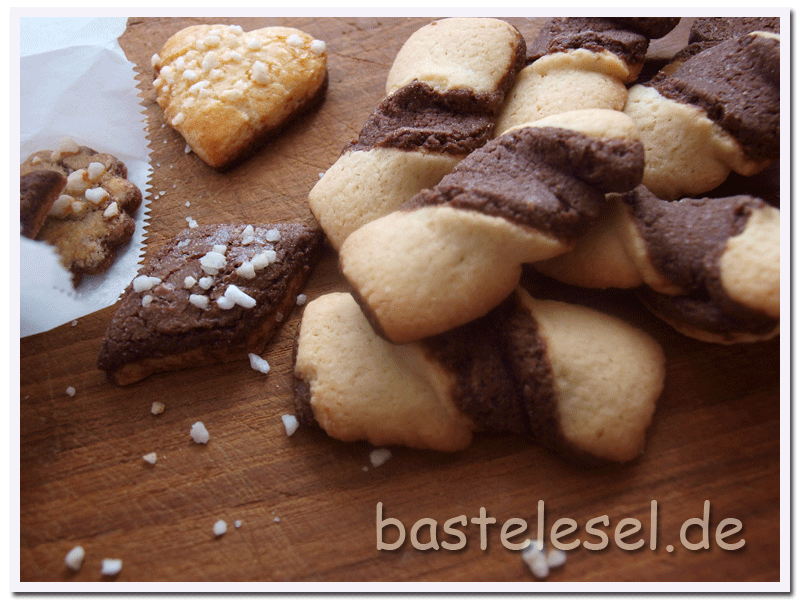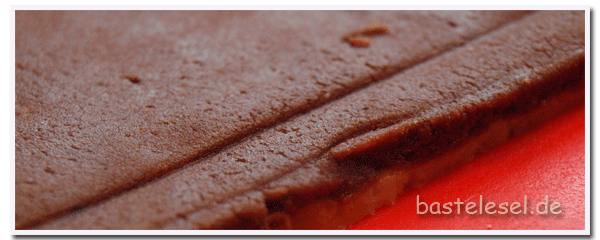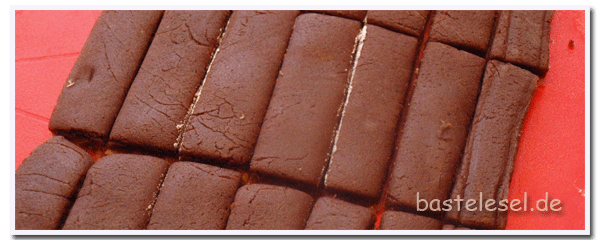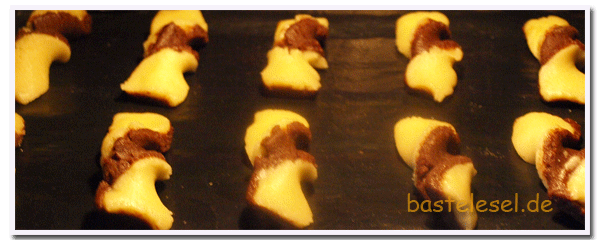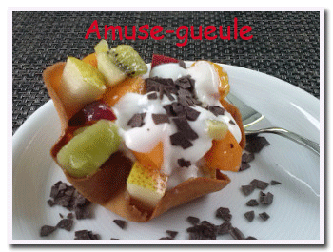Season of lights – colored leaves, beechnuts and some wild crabapples will make a nice decoration. I found these wunderful lights somewhere in the web but can’t find trace it back any more. That’s why I had to make my own template. A pentagon is the base of this tealight holder. Simply copy my template or have a look at this site showing a simple trick to make one yourself.
Für PDF Fünfeck anklicken/click pentagon for free template/cliquez pentagone pour gabarit gratuit.Fold the pentagon from the tip to the base points of your pentagon as shown in the right picture above. Turn clockwise and repeat with every tip and base. Cut in the dotted lines. Then fold them one on top of the other so that the edges will touch the triangle’s sides and fix with some glue.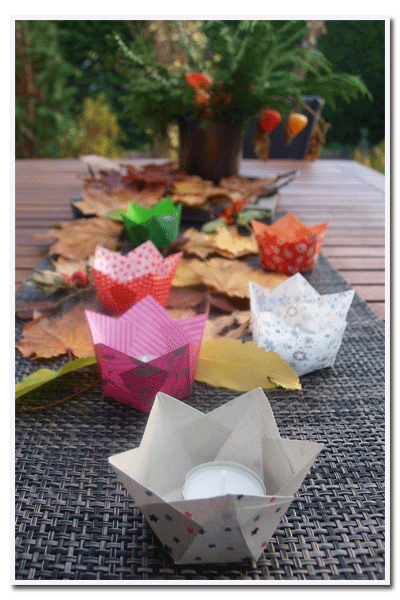 The picture at the side shows the overlapping halves quite well. I took different papers to make the lights, matching either with the season or the colors of the table. On the left from behind a shining Christmas paper, on the right from behind a paisley print in different autumnal orange shades. The white and silver paper is rather lucent. Be careful when folding this paper because it crushes easily. In the foreground we have a light made with some stronger paper. Folding needs to be done very carefully because the paper doesn’t allow any corrections lateron. Depending on the chosen paper the lights will glow more or less brightly. They’re looking even nicer if the paper is printed on both sides. Place the tealight directly in the middle of your folded star or use a glass tealight holder for more safety. If you want to increase the glowing then simply grease your lights with some cooking oil. (Carefully apply it lightly with a soft brush.) The light holders need drying for at least 24 hours to avoid marks on your table or furniture.
The picture at the side shows the overlapping halves quite well. I took different papers to make the lights, matching either with the season or the colors of the table. On the left from behind a shining Christmas paper, on the right from behind a paisley print in different autumnal orange shades. The white and silver paper is rather lucent. Be careful when folding this paper because it crushes easily. In the foreground we have a light made with some stronger paper. Folding needs to be done very carefully because the paper doesn’t allow any corrections lateron. Depending on the chosen paper the lights will glow more or less brightly. They’re looking even nicer if the paper is printed on both sides. Place the tealight directly in the middle of your folded star or use a glass tealight holder for more safety. If you want to increase the glowing then simply grease your lights with some cooking oil. (Carefully apply it lightly with a soft brush.) The light holders need drying for at least 24 hours to avoid marks on your table or furniture.
